PsychNewsDaily Publishers
100 Summit Drive
Burlington, MA, 01803
Telephone: (320) 349-2484
PsychNewsDaily Publishers
100 Summit Drive
Burlington, MA, 01803
Telephone: (320) 349-2484
A dollar in the 1970s could buy essentials like a pound of bacon, a gallon of gasoline, fast food items, and even a newspaper, showcasing higher purchasing power.
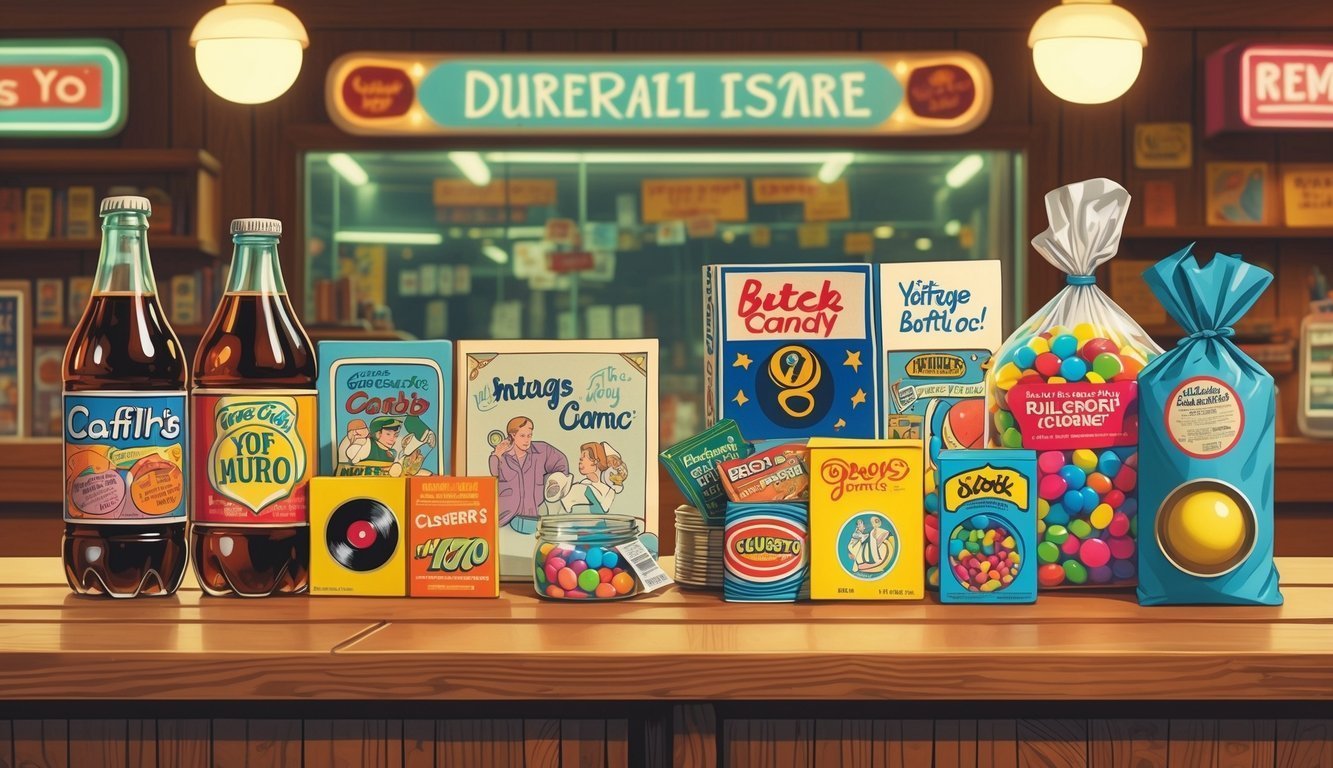
Ever wonder what a dollar could get you in the 1970s? If you take a quick look back, it’s actually kind of wild how much further your money went. Prices have changed a lot since then, and it’s pretty fun (and maybe a little bittersweet) to see what you could grab for under a buck.
Some everyday stuff cost less than a dollar, making treats and basics easy to snag. Looking at these little things gives you a peek into what life felt like in the 70s—and wow, the dollar really had some muscle.
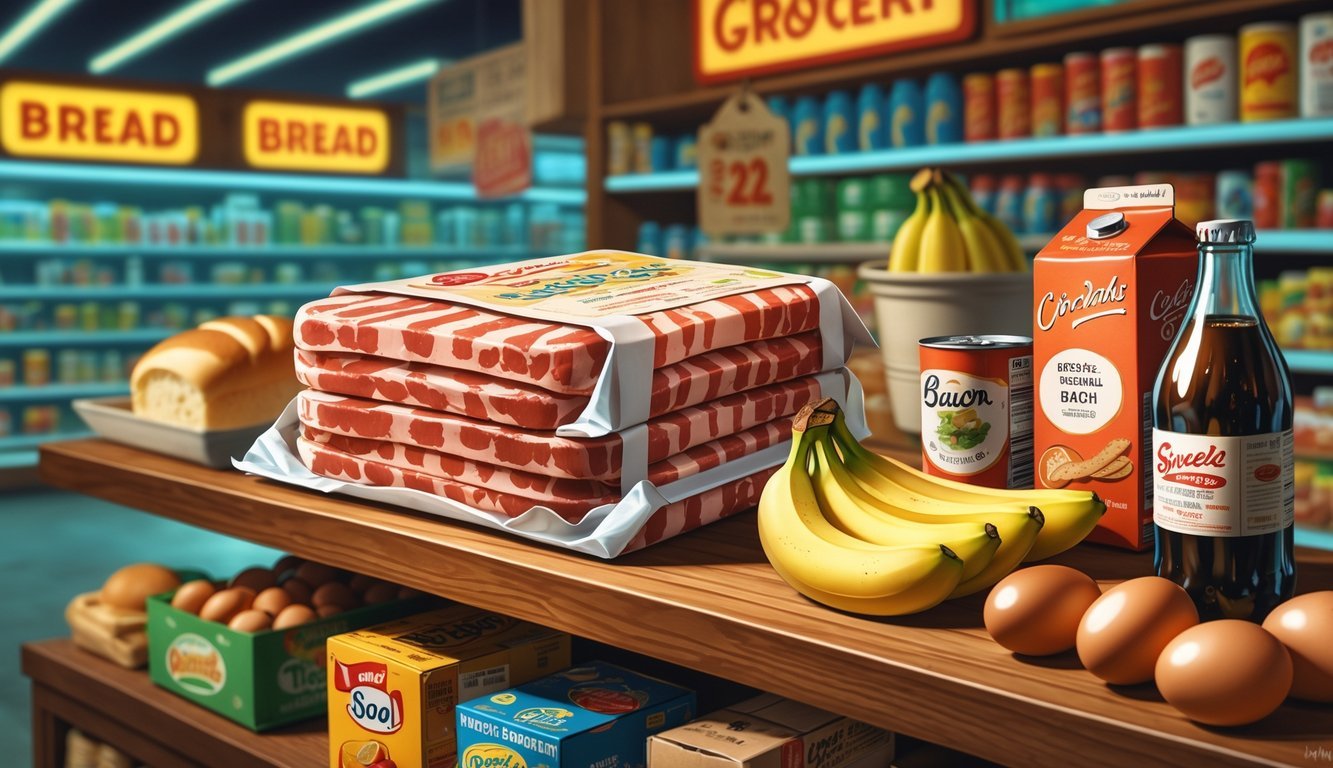
In the 1970s, you could walk into a store and buy a whole pound of bacon for under a dollar. Crispy, savory bacon didn’t break the bank, and it made breakfast at home feel special.
Brands sold bacon for as little as 59 cents, maybe 79 if you wanted something fancier. Families loved having bacon around—it was a breakfast staple, and you didn’t have to think twice about the cost.
If you’re a bacon fan now, it’s kind of shocking to see how the price has changed. Want to dive into the numbers? Check out more about bacon prices in the 70s here.

Gasoline in the 70s? You could fill up for about a dollar a gallon, sometimes even less. Driving didn’t drain your wallet the way it does now.
With gas that cheap, you could take a road trip or just run errands without worrying. A single dollar got you surprisingly far on the road.
Life felt more flexible—traveling was just easier. If you want to see more about how gas prices stacked up, here’s a detailed price comparison.
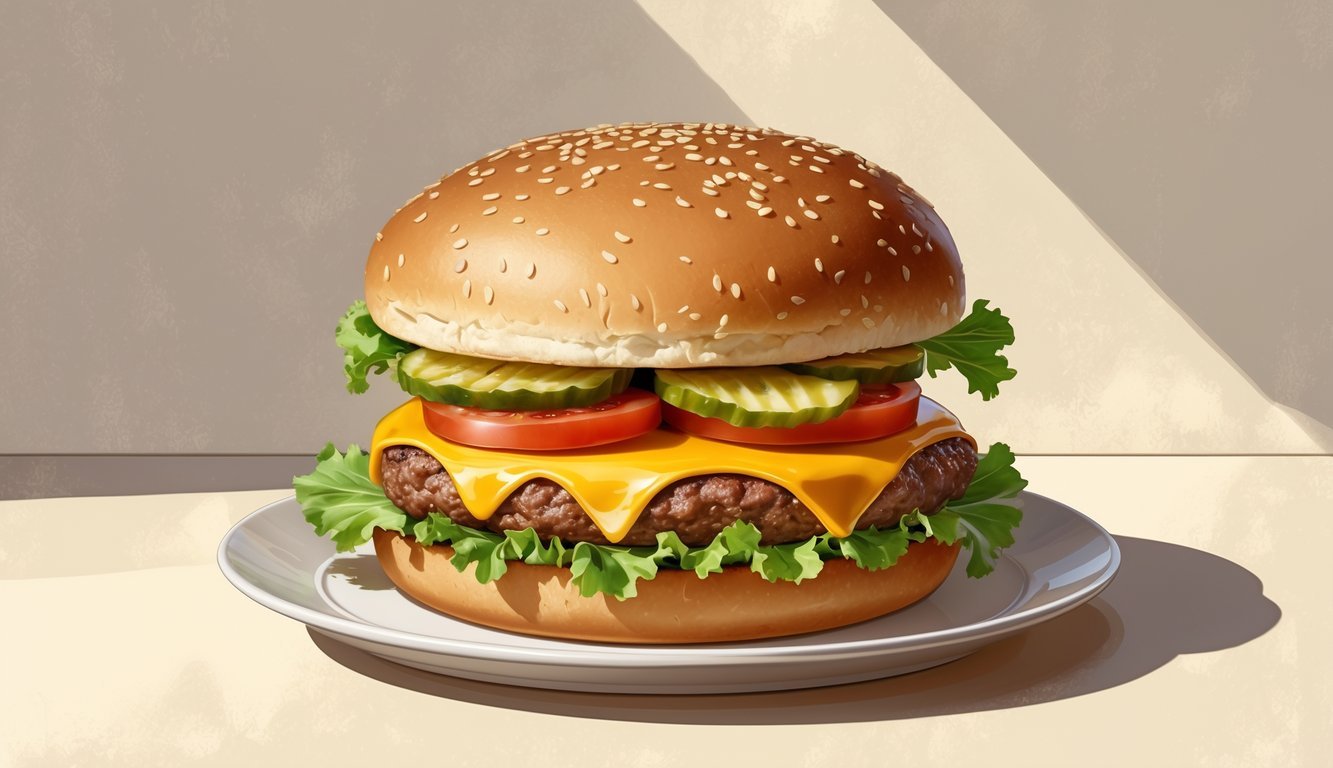
Craving a cheeseburger in the 70s? You just needed a dollar. Fast food joints like Burger King and McDonald’s made it easy—cheeseburgers were simple, tasty, and cheap.
Sometimes you could even get cheese added for free, which feels almost unheard of now. It was a go-to meal when you wanted something quick and satisfying.
Your dollar went a long way at the drive-thru back then. If you want to see how prices have changed, take a look at fast food cheeseburgers for a dollar.

A dollar could get you a small order of French fries in the 70s, no problem. Fries were a classic snack, and you could grab them on the go.
Prices made it easy to treat yourself. These days, fries usually cost more, but you might find a deal or two if you hunt around.
If you’re curious about how fry prices and portions have changed, here’s a helpful guide on French fry pricing.
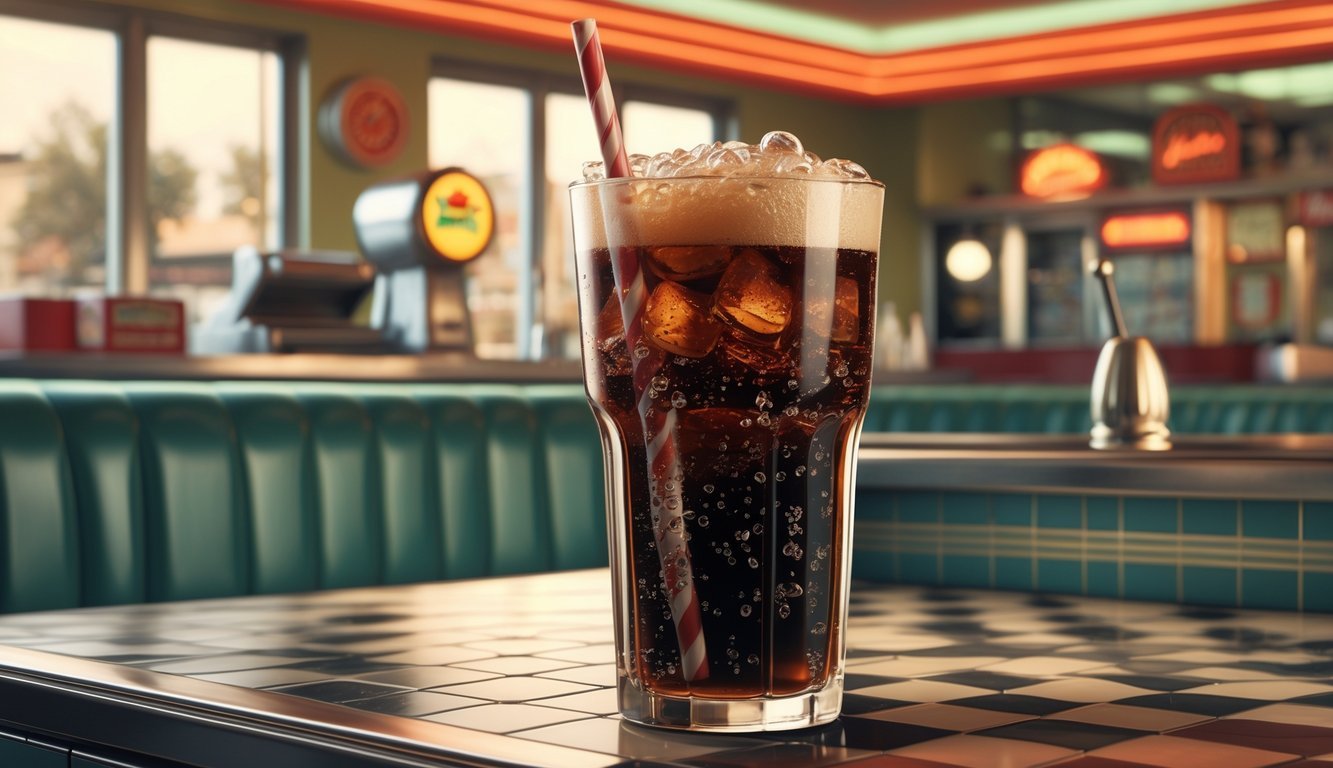
Back in the ‘70s, you could sit at a diner counter and order a soda for less than a buck. It was a simple pleasure, and people loved it.
Soda fountains were places where friends hung out or families took a break. Grabbing a fizzy drink felt like a treat without costing much.
A soda wasn’t just about the drink—it was about the moment. When it cost under a dollar, you could enjoy it anytime.
Want to know more? See what you could buy for a dollar in the ’70s.

You could grab a first-class postage stamp for just a few cents in the 1970s. Mailing a letter anywhere in the U.S. barely made a dent in your wallet.
Staying in touch was easy and cheap. Today, a first-class stamp runs about 78 cents, but back then, you needed just some spare change. Curious about current rates? Here’s the USPS postage rates.
You just bought a stamp, stuck it on, and dropped your letter in a mailbox. No hassle, no extra fees—just simple and quick.
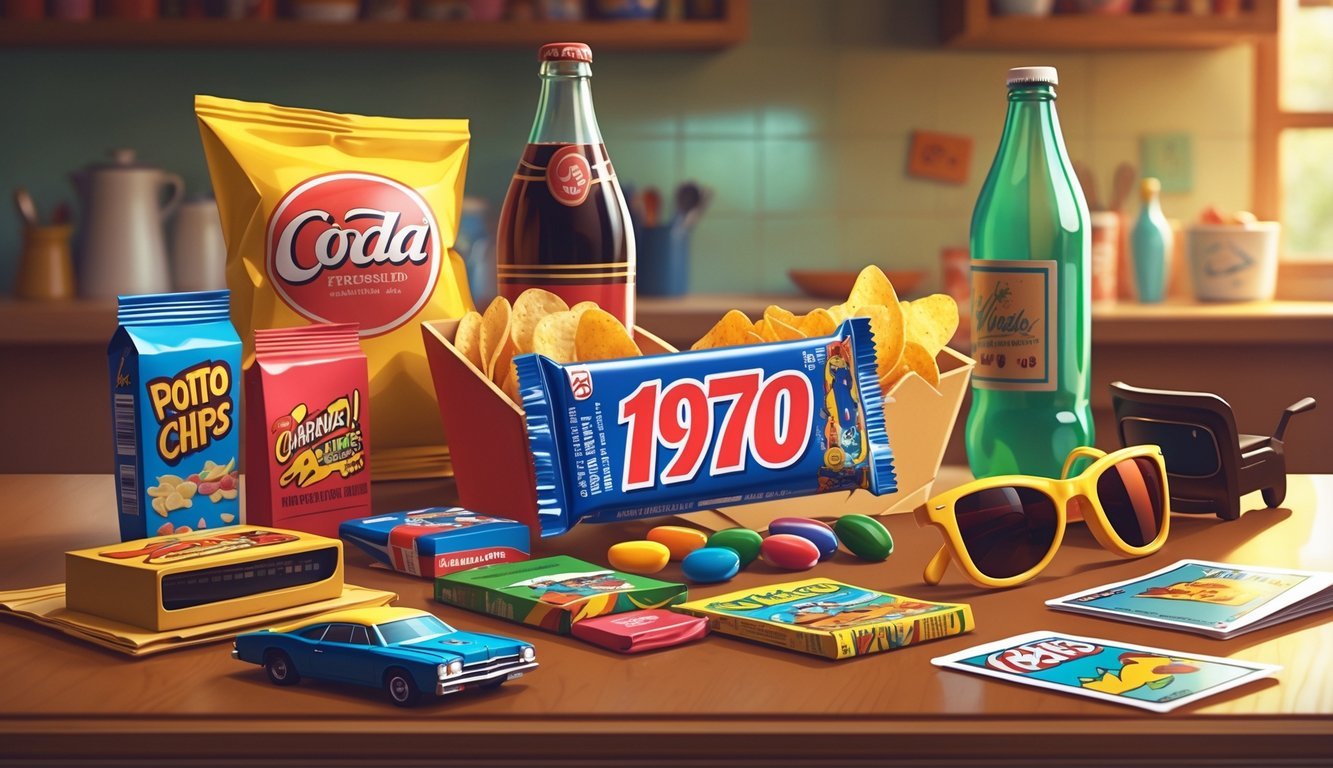
A quarter could buy you a full-sized candy bar in the 70s. Snickers, Milky Way, Hershey’s—you name it.
Some stores sold them for even less—10 or 15 cents—so you could double up if you wanted. The bars were bigger, too, so you actually got more for your money.
Grabbing a candy bar after school or at the movies felt like a real treat. For more on old-school candy prices, check out what candy bars cost in the 1970s.
You could pick up a newspaper for less than a dollar in the 70s. Staying up to date on news, sports, or entertainment just meant spending some spare change.
No need for a subscription—you grabbed your daily paper and read it over breakfast or on the commute. Newspapers were everywhere, and people relied on them.
Today, the price is higher, but back then, it was a small, daily habit that kept you connected. Just a dollar got you a lot of information.
Want more details? Here’s a list of things you could buy for a dollar in the 70s.

Money worked differently in the 1970s. You could stretch a dollar further, but the economy was changing fast.
Inflation started to creep up, but prices for most things stayed low compared to today. Understanding how wages and prices matched up helps explain why your dollar went so far.
Inflation rose during the 70s, but not as quickly as now. Food, gas, and clothes stayed pretty affordable.
You could buy more with less. Later in the decade, inflation picked up, and prices climbed, but for most of the 70s, lots of things stayed under a dollar.
That gave the dollar real value for everyday shopping.
Minimum wage in the 70s was about $1.60 an hour. After a few hours of work, you could pick up essentials like eggs or a candy bar without thinking twice.
Your paycheck covered basics easily. Today, some of those same items cost several dollars, but back then, minimum wage and daily costs lined up better.
It made life a bit less stressful for lots of folks. For more details, check out The Things You Could Buy for a Dollar in the 1970s That Still Blow Minds.
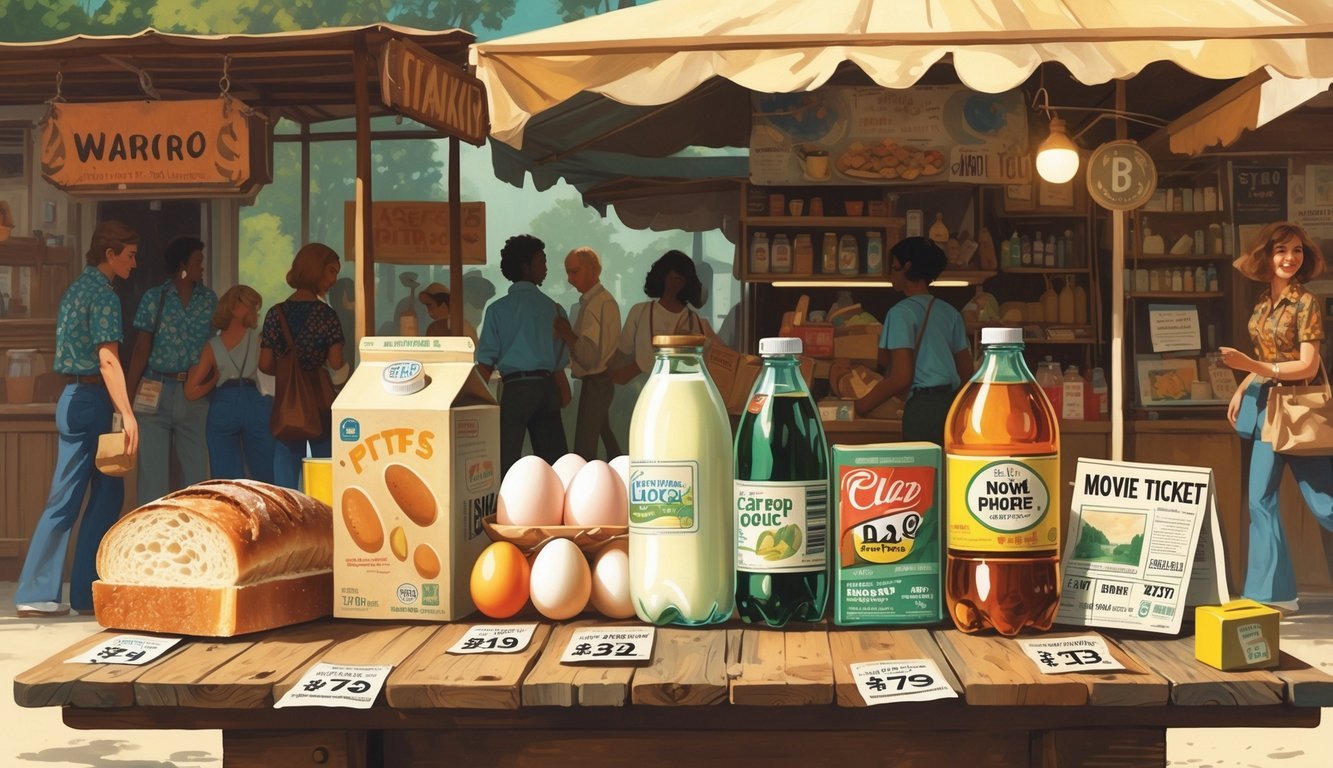
It’s hard not to notice how much more you pay today for things that once cost just a dollar. Why did prices jump so much?
In the 70s, a dollar bought a gallon of gas, a loaf of bread, or a dozen eggs. Gas cost under $1 a gallon, and eggs were just pennies.
Now, that same gallon of gas might set you back $4 or $5. Eggs? Around $3 a dozen, sometimes more.
Here’s a quick look:
| Item | Price in 1970s | Price in 2025 |
|---|---|---|
| Gallon of Gas | About $1 | Around $4 – $5 |
| Dozen Eggs | Less than $1 | Around $3 |
| Loaf of Bread | About $0.25 | Around $2 – $3 |
Prices don’t just go up—they can skyrocket, especially for things like housing or healthcare. What cost a dollar then might need $7 or more today, once you factor in inflation.
Lots of things make prices creep up over time. Inflation stands out as the big one here.
Basically, inflation means your dollar just doesn’t stretch as far as it used to. Year after year, stuff just costs more.
Some other factors jump in too:
If you know what’s behind these changes, it’s a little less shocking when you see something that cost a buck in the 1970s now selling for way more. Want to see some wild examples? Check out 13 Things You Could Buy for a Dollar in the ’70s That Cost a Fortune Now.